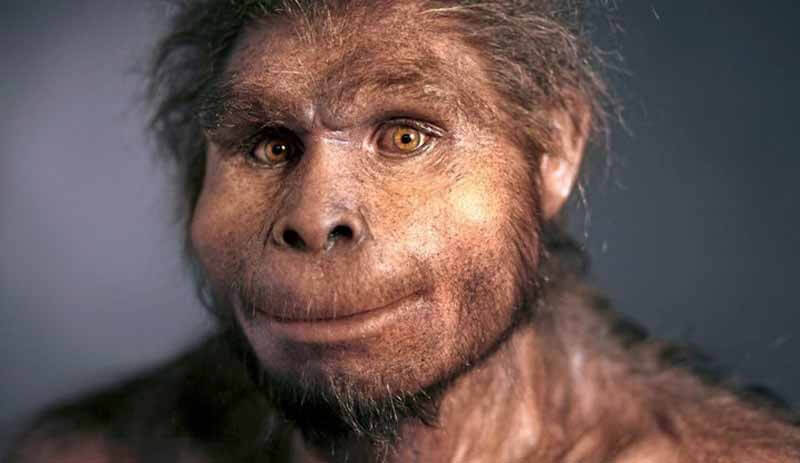News on the wild man in Africa
This title may seem provocative because it poses the hypothesis of the survival through the ages of a human species (Homo Erectus, Habilis, Australopithecus …?) Supposed to have evolved and / or disappeared hundreds of thousands of years ago . If you know the Coelacanth, well, it’s a similar principle: a fossil human species, yes, but at the same time very much alive. Is it possible ?
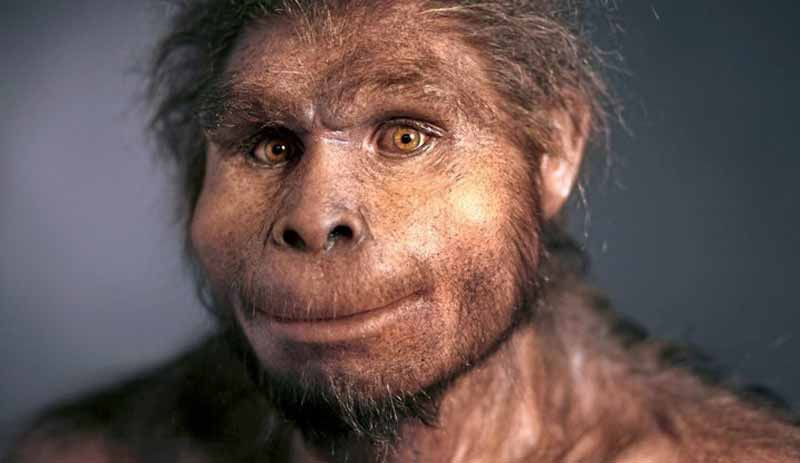
For the anthropologist Jacqueline Roumeguère-Eberhard (JRE) the answer was simple: yes Homo Habilis, or his cousin, is still alive. In this article, we will come back to the very important contribution of Mme Roumeguère-Eberhard (deceased in 2006) to the study of the phenomenon of wild humans through the book Dossier X: unidentified hominids of the forests of Africa .
If the work of JRE is well known by a small number of cryptozoology enthusiasts here in France, it is still too much ignored, especially by foreign readers, his book having never been translated into English or another language. That is why it may be wise to do a bit of a booster shot here.
But the main reason which pushes us to reopen in this article the file of the wild men in Africa, it is the irruption, (and it is a sufficiently rare fact that one pays attention to it), of a new come on the world map of the wild man… drum roll….
Here comes straight from the forests of South Africa, the Otang! It is the name given to it, there, the local inhabitants according to Beyond the secret Elephants the work that the South African naturalist and conservationist Gareth Patterson, has just devoted to this mysterious primate. We will discuss the Otang a little later in this article.

Jacqueline Roumeguère-Eberhard is unknown to the general public, as she was above all an academic having pursued an academic career. She was research director at the CNRS, the body which coordinates public research in France, she was in a way responsible for publications concerning part of Africa. She was therefore an immense expert, a scientist whose rigor was recognized. But also a strong woman, with an exceptional destiny, as it is not rare to come across in cryptozoology.

Jacqueline Roumeguère-Eberhard literally lived with the nomadic populations of hunters / gatherers of Kenya, it is precisely this unique life experience that confronted her with the question of the wild man. And the result of the meeting, intellectual, but not only (she heard her cry “chilling” several times) between the young anthropologist she was when she arrived in Kenya, and the savage men of the Maasai people was… astonishing.
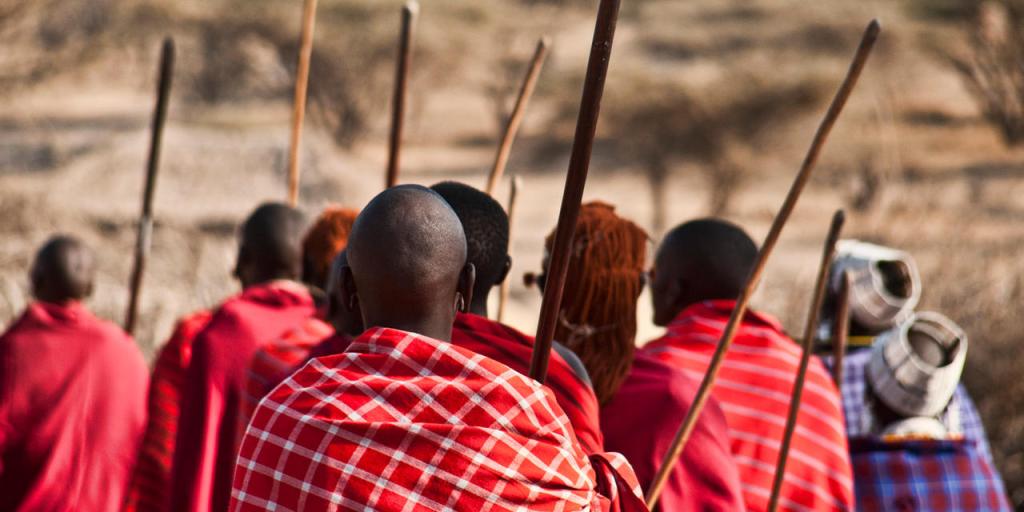
Jacqueline Eberhardt was born in the province of Transvaal in 1927, she grew up on a farm, in a Protestant family of Swiss origin. At puberty, she was initiated with the Tsonga in the company of her nurse’s children, then with the Venda princesses where she received an esoteric initiation. She then obtained a master’s degree from the University of Johannesburg but had to flee to France because she was against the apartheid regime. She obtained two doctorates, notably from Claude Levi-Strauss and entered the CNRS in 1954. Married, she stayed in several African countries for her research, then in 1966 she met the Maasai people which would change everything. She abandons her husband, her previous life and will stay with the Maasai the rest of her life, she will educate her daughters like the other little girls of this people.

It was in 1984 that his book on the wild men of Kenya appeared, a book this time not published by a university, nor in a prestigious journal, but by a general public publisher, Robert Laffont… and who wrote the preface? A certain Bernard Heuvelmans. The book contains over 70 testimonies, almost all of which are first-hand accounts.
At the very beginning, JRE’s attention was alerted by the behavior of a young warrior upon seeing a cover of Time magazine . It was the announcement of the discovery of the Homo Habilis fossils, and the relict hominid, at least a mask of him, graced the cover of the American weekly. The young Massais man, who could not read, began to tell how in reality the being whom he recognized perfectly by his face, was more robustly built, he knew it because he had seen him, and had been frightened, a friend of his had even been briefly captured by this creature. JRE’s curiosity awakened, she began her research work on these mysterious primates.

Over the course of numerous testimonies collected in the field, in several different regions, the scientist forged a conviction: yes, archaic human populations really live, discreetly, by our side.
In his book JRE postulates the real existence of several unknown hominid species, some of which are related to Homo Habilis, or even to Homo Erectus, called by the name X1, X2, X3, X4 and X5.
X1: the tallest and most massive, hairy with huge footprints, he would knock out buffaloes with a club.
X2: tall slender, with hairless beige skin but dark curly hair. Would live with family in caves.
X3: very old in appearance, but powerful, seen using a sort of spear to cut the internal organs of the buffalo and consume them on the spot.
X4: this one is a pygmy, hairy and muscular who would use a stick to dig up tubers.
X5: special case of the owner of the bow
For her, such a discovery, quick to radically change the way science looks at our evolution, could not be hidden. The whole world should know.
We are in October 1978, in a large hotel in Nairobi, and Mme Roumeguére-Eberhard, researcher at the CNRS, is therefore preparing to reveal to the whole world the real existence of the yeti, or rather of a yeti, the one of the Maasai.
JRE publicly unveils, in a press conference, all of its research results: dozens of accounts collected, 32 identified witnesses, including two children, constitute the base of the mass of testimonies, covering a period going from 1918 to 1978 .
Examples of testimonials:
informant 42: suddenly we came out on a clearing where the very bright sun was illuminating the rocks. Sitting on one of those rocks were two strange creatures, X1s. They were both hairy all over the body, naked, one a male, the other a female, and otherwise looked like people, not animals. The male was lying on his back with his legs bent. Beside him, the female, seated, was removing the vermin from the hairy body of her companion; sometimes she put it in her mouth and ate it, sometimes she crushed it between her thumb and forefinger after having examined it carefully. We hid behind the trees to observe this strange couple. After a while, the male got up, stretched out his arms yawning, and then we saw despite his coat, how robust and strong he was,although small in size. The female was smaller and slender than him. They seemed to be having a conversation while the woman was removing the vermin from the man ‘s hair.
Fearing that this huge creature would discover our hiding place, we turned back, but a few steps from the rock, in a stream, we saw five young children playing and splashing in the water. They appeared to be a lighter color than the adults, (presumably their parents), who were gray-brown, the pups’ bodies also hairy, were covered with red hair.
Informant 42, continuation: I had the opportunity to see a dead X1 and to examine his corpse (…) it was a woman who was still young, but who had certainly breastfed babies, because her breasts were elongated. , about 20cm (he shows the length of his hand). They were smooth and hairless although his whole body was covered with short, dark hair. His face was smooth without hair, his eyes, nose and ears resembled those of a person, although his ears were very large. The mouth was forward because it had prominent teeth, all in good condition. The fingernails were long, and the hair dark, long and messy, very dirty even. They resembled somali hair in texture.
Informant 21: 3 years ago I saw X4 in this same forest he was a person with big ears and a big head, the blow looked like a bull, he was very powerful; the hair was long and hung like a hessian sack. The arms were short but very muscular, he was very short, around 1.30m. His skin was black, he was wearing an old torn fur cape. It looked like he had grown his hair since birth.
Informant 16: My last meeting with him is quite recent, when we set up our village here (1977). This one, (X3) is not like the other Xs. He is tall, with long hair that covers his back, and touches his thighs. This one must be very old, but it is still very robust, and it has black skin, unlike X2. And he has eyes and a nose like ours.carries two clubs and a long knife, whereas X1 and X2 that I have often seen, do not have any. He is the only one with a knife, every time I see him I hide behind a tree because I fear him. I saw him kill a buffalo, either he splits its skull with his club, which is in fact a small tree, with roots cut into points, or he breaks its front legs, and when the buffalo collapses, he finishes him off by hitting his forehead, still with his club. then he pierces one of the jugular veins with his knife and drinks the blood. He then removes the liver, kidneys, pancreas, and heart and eats them raw on the spot. He only consumes these five things, the blood and the four organs. He goes away, leaving the meat. I used to take the meat, because he never came back for it.I don’t know where he lives and where he sleeps. I never had the courage to follow him.


But Jacqueline Roumeguère Eberhard’s presentation did not stop at a collection of stories. She also had much more concrete elements to put forward. Nothing less than a series of objects believed to belong to the Kenyan savage!
The fruit of multiple encounters with the locals, objects left by X in his flight were picked up, preserved and finally acquired by JRE. And presented that day to the press. Among these objects: a bag, a quiver, a bow and arrows. All these objects suggest the use, at the very least, of a sewing needle, which for many anthropologists marks a specific trait of Homo Sapiens.
This is how the witness Massai describes these objects: “he had abandoned a very astonishing sandal, it was made, like the cape he was wearing, of bushbuck (antelope) skin but it extended, almost like a boot, to cover the leg, almost up to the knee, with laces, which he was undoubtedly adjusting when he was surprised (…) we took his bow and arrows with us because we didn’t want to take the risk of be attacked.
The witness hurriedly left the scene because he realized that X, and his fellows obviously possessed the necessary know-how to make highly poisoned arrows. The bow, described as very small, is of a shape unknown to the Massais hunters. The bowstring is an elephant tendon, while the Massais use an antelope tendon. The bow is therefore unusable by any human being. The arrows are made of an unknown wood, and an entire eagle feather, uncut, is placed as a counterweight. An extravagant amount of poison covers the arrows. The quiver is made of wood reinforced with buffalo, antelope and elk skin. A black sponge-shaped mushroom intended to be consumed was found in the satchel, along with a needle.

All these objects and the “raw” but at the same time very effective way, in which they are made, provoke the incomprehension of the Maasai hunters but they show that X has many characteristics specific to mankind, and in particular the use of fire. Here is how witnesses described the owner of these objects: “ Although odd, yet he was a man, he was short (no more than 1.50m), bald on top of his head and forehead, with a crown of long hair. whites that fell on his shoulders. He was certainly very old, over 70 years old, but he had proved to us that he was still strong and agile, since he had been able to save himself at an impressive speed! “
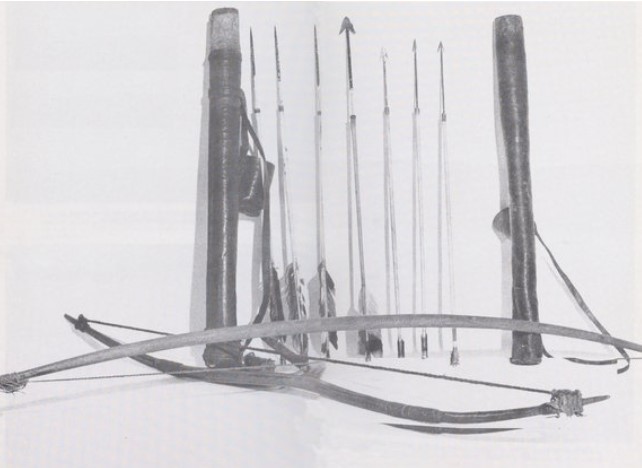
These creatures and their way of life closely match the species of hominids described in science books, those that dot the family tree of humanity. Jacqueline Roumeguère-Eberhard was convinced of it: some of these cavemen, some of these prehistoric men, never left the cradle of humanity. They continued to live with us here in Africa defying the laws of evolution. And she proclaimed her firm conviction loud and clear.
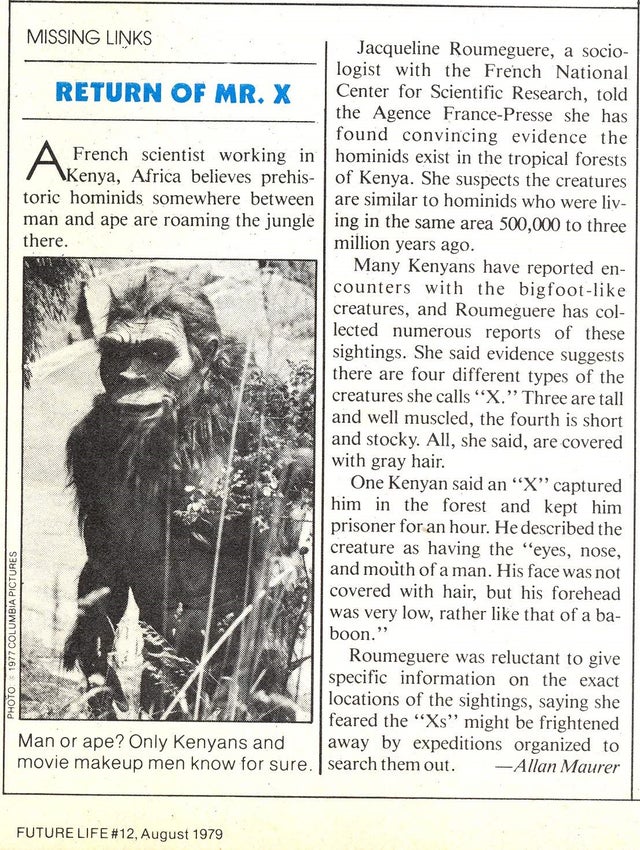
For what welcome in return? Guess….
If it received meager support, like Professor Jean Guiart, from the Musée de l’Homme in Paris, for whom “ creatures X probably exist ”, the work of JRE was very officially and very harshly denounced by the most scientific authority. eminent in paleoanthropology at the time, Professor Charles Leakey who declared: “ if it were true it would be the most important scientific discovery of the century. But this is not true. All the necessary research was done many years ago, these creatures don’t exist, these are myths . ”.
Relegated to the rank of a gullible paranormal amateur (herself makes a comparison with fairies and elves in the introduction to her book), stripped of her status as an objective researcher, Jacqueline Roumeguère-Eberhard initially confronts then withdrew from the limelight, pursuing his university career now out of the spotlight.
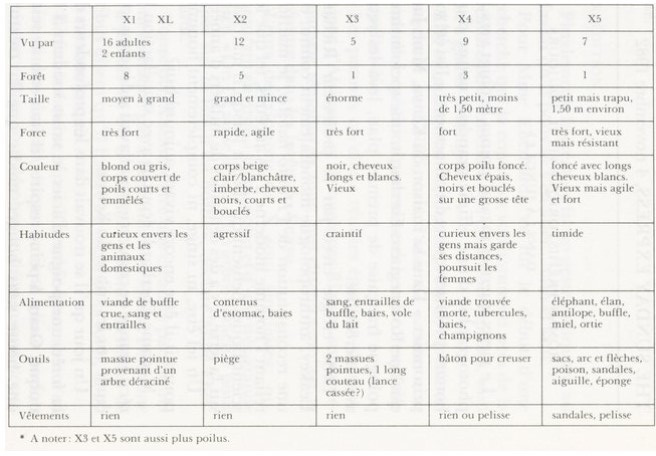
The scientific discovery of the century? perhaps Jacqueline Roumeguère-Eberhard was very close to achieving a decisive result, because what she has collected, in just a few years of field research, is truly impressive. One cannot help but imagine what she could have accomplished if someone, an institution, a patron, had been able to allow her to continue her study, because she claimed to want to organize a scientific expedition which ultimately never took place .. But did Jacqueline Roumeguère-Eberhard really want the world to discover the X?
Several reasons could explain this missed meeting, one more, between savage man and science. His work is strikingly deliberately unscientific in form. This is certainly not a problem in itself, but it is particularly remarkable on the part of a researcher experienced in writing publications in the humanities. And anything but trivial when it comes to potentially “the scientific discovery of the century”.
The book begins with an autobiographical account in the form of a poem. There are no cards, a single table, no pie charts, no list, almost nothing in the form of data that can be used by others. The exact locations are also kept secret, indicated by numbers. There are no molds of footprints, no real witness sketches, no composite portraits.

It is an ambiguous approach, which Bernard Heuvelmans did not fail to point out. In his long preface he tries in particular to imagine to which known species can approach the X, (for example, the australopithecines are divided into slender or robust varieties) but he also clearly expresses his dismay. I admit that I have never read a preface to be so critical of the book it precedes. Bernard Heuvelmans seems to denounce what he feels like being put aside, the absence of sharing, a kind of lack of confidence on the part of Jacqueline Roumeguère-Eberhard. (He nicknames her “the mysterious Madame X”!). As if the X’s couldn’t exist without her. (moreover, to name each type of creature by a letter and a number, deprives us of the traditional, vernacular name, which must,we imagine him giving the Massais to their yetis)
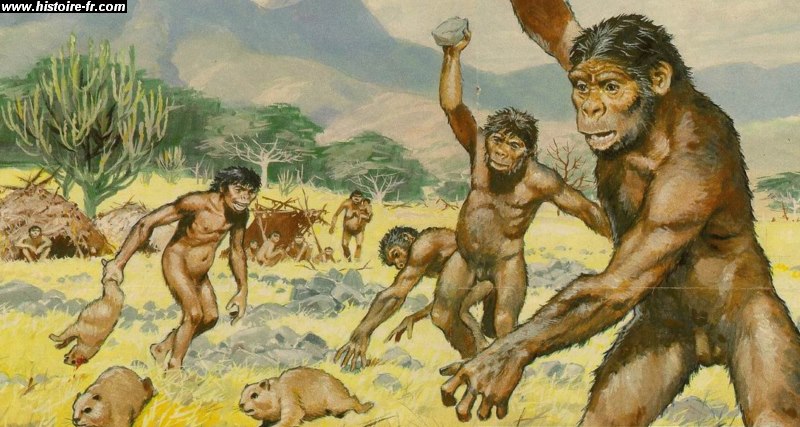
Bitter, he seems here to foresee the fate that awaits these works, amused curiosity then the risk of forgetting. One can experience a feeling of waste, in front of this immense work, judged unfairly, but which will remain all the same through this work.

Let’s just hope Beyond the Secret Elephants gets the echo it deserves. Gareth Patterson is the author of 10 books, many bestsellers, in South Africa. Gareth Patterson, is a celebrity there, he’s an iconic wildlife advocate, a fashionable South African environmentalist, a character looking halfway between an explorer and Tarzan.


Be careful, if it might seem out of place to be displayed in such proximity to wild animals, it should be noted that Gareth Patterson is working hard to save South Africa’s wildlife. In particular, he has developed a network of zoological parks, which cannot be visited, the sole purpose of which is to collect and care for injured wild animals. He was very close to Georges Adamson, animal activist, defender of lions, murdered by poachers in 1989 in Kenya.

Knysna, for the French, is very well known, it is more than the name of a locality, since the incredible failure of the French football team during the 2010 World Cup, it is a synonym of national shame like Berezina, Waterloo, or Trafalgar.
This does not pay homage to this city located on the South African coast, 500 kilometers east of Cape Town. To the north, begins a region of mountains covered with tropical forests, about 60,000 hectares, bordered by Tsitsikamma National Park. It is a very humid area, of the Afromontane type, a term which designates the very rich ecosystems specific to African mountain forests. We find there in particular the elephant, the leopard, the imbabala antelopes, the duiker (a dwarf antelope), the bush pig (a kind of warthog), the blue vervet, a monkey of the Cercopithecus family, not to mention the many bird species. , reptiles, amphibians and insects. The X of Kenya, like the Otang of South Africa, live in an Afromontane type environment.
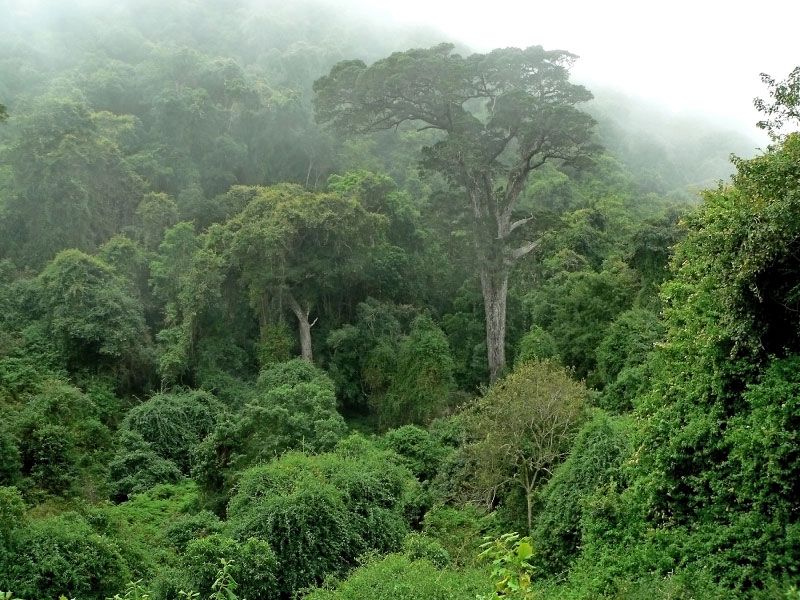
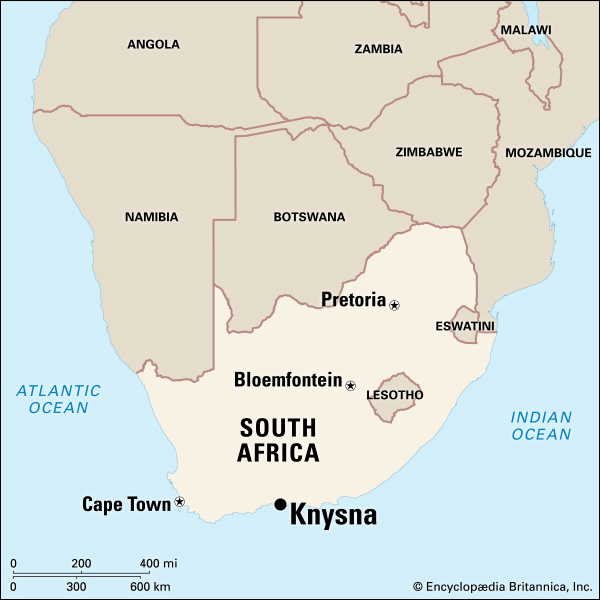
In the early 2000s, local authorities declared the local elephant population extinct, as there was only one old male left. Knysna elephants are unique, they live in the middle of the tropical forest, and are the representatives of their species that live the most southerly on the planet.
Gareth Patterson, shocked by this news, and at the same time animated by the intuition that there was still something to save then leaves the landscapes of savannah of the north of the country, to come to investigate himself. For nearly 10 years, he walked the trails of the forests of Knysna, refusing to believe that these dark and damp woods, submerged in the mist much of the day could not support a viable population of elephants.

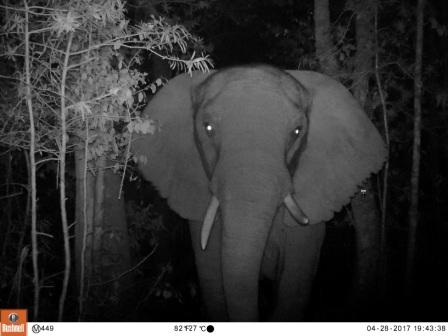
Gareth Patterson was right, the elephants are still there. During his field study, he will accumulate serious elements: traces of passages, footprints, then he sees certain specimens himself, because he identifies an area in which he frequently visits. Finally, in conjunction with an American geneticist (Prof. Logi Eggert) who is developing a specific analysis protocol, he succeeds in definitively proving the survival of the Knysna elephants (including at least five young females), and he tells everything in his book published in 2009: Beyond the secret Elephants.
But now, very quickly, while looking for evidence of life left by the elephants, Gareth Patterson realized that he was not alone in these forests. He will thus make several encounters with the Otang himself, each one recounting in his book. The first comes as he guides a group of German tourists on the elephant trail, deep in the forest. They watch a strange human disappear behind some rocks.
Gareth Patterson “ When you see some sort of human, bipedal and completely hairy, your life changes forever. (…) It was 17 years ago that I saw my first Otang, and it left me in a state of deep shock, and incomprehension. (…) ”Gareth Patterson rightly insists in his book on this disturbance felt following an observation. For him it is systematic, each observation of a wild man is accompanied, in the witness, by a post traumatic stress syndrome. For Gareth it is the effect felt when we see something impossible.
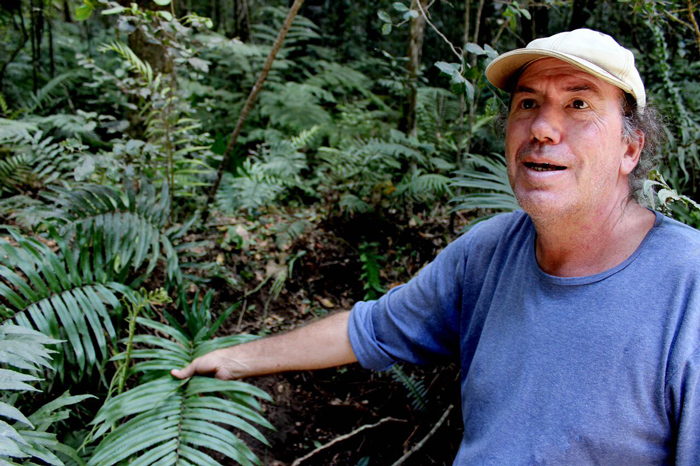
One day, while walking along a little-used path, he feels observed. He spots on his left, under cover under fir trees, a hominid covered with a reddish fur which seems to be looking at him. Used to chance animal encounters, Gareth Patterson continues to walk as if nothing had happened. But a few moments later he was overtaken by the shock of the meeting and had to sit for a long time on the ground. This time he got a better glimpse of the creature, which for him was a female: ” The fur was red, it was about six feet tall, and it shifted slightly to the right of the tree behind which it was hiding. I knew she was watching me, with a kind of curiosity A witness in the book claims to have observed a specimen over 2 meters in height at length.
Another recounts what allegedly happened to his brother, a foreman for a large logging company in Knysna. One day he finds one of his employees sitting on the floor, instead of working. The foreman warns him that he risks being fired on the spot, but the employee protests vigorously. How will I be able to work I am too shocked because I saw. But what did you see asks the foreman. The fat man-ape who was right behind said the employee, pointing to a space between two trees, empty. Anything the foreman says, go back to work. Chief he has returned! the foreman turned around and observed the Otang as it slipped away between the trees. The other workers found them both sitting silent on the floor more than half an hour after the meeting.
According to Gareth Patterson, the forests of Knysna are also the scene of mysterious disappearances. In 2004, 13-year-old Seteline Moos disappeared in the forest during a picnic. During the search, rescuers spotted a short series of steps, attributed to Seteline, and immediately behind, a few meters, strange traces of large bare feet. For some it was followed by an Otang.

Unlike the work of Jacqueline Roumeguère-Eberhard, the testimonies, much less numerous, are not very precise as to the description of the creature. There again we can regret that probably, this work does not manage to prove the real existence of the Otang, to my knowledge no scientific investigation has yet come to try to verify Gareth Patterson’s assertion. Nevertheless one can only note the courage with which he takes part publicly, with enthusiasm, in favor of the real existence of savage men.

